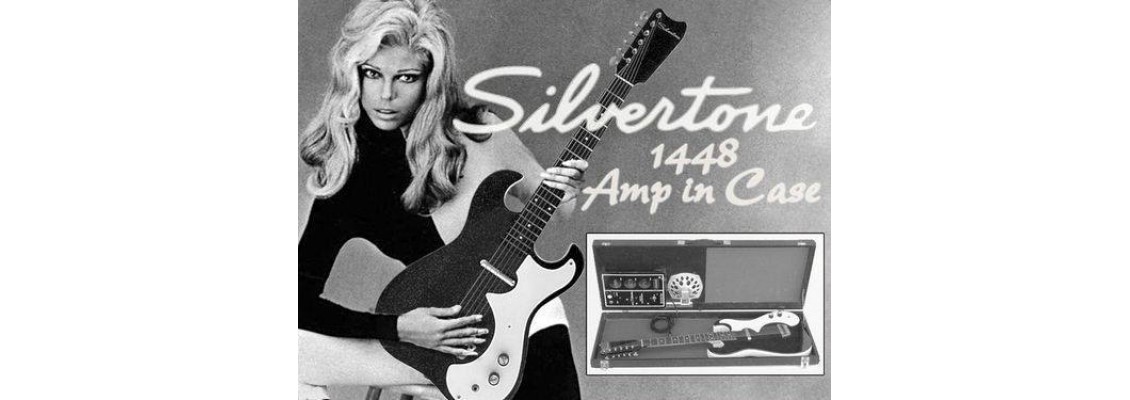
In the Beginning, there was no Rock, but that would Change
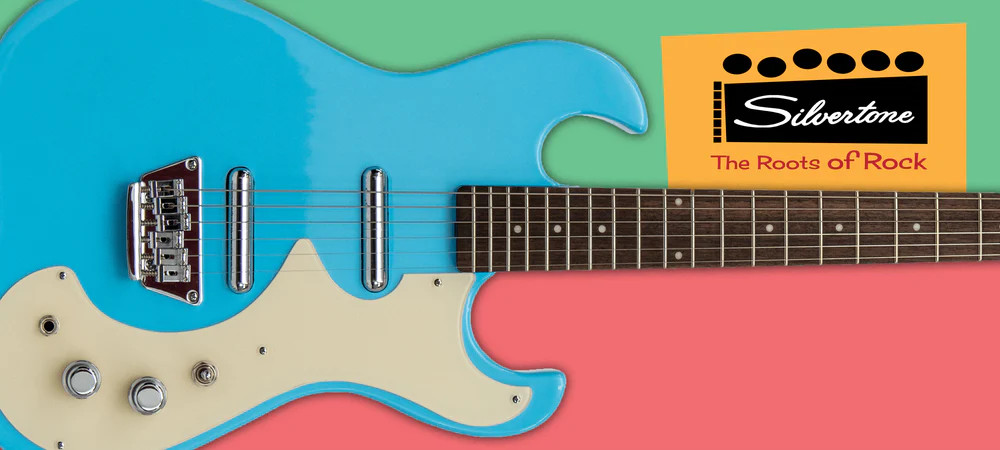
This is History.
Our story begins as far back as 1905, around the same time the Wright brothers were engaging in humanity's first experiments with flight, and is, ultimately, nearly as earth shattering.
To guitar players that is, and we all know that they’re people too so let’s give them a chance.

See. He means you no harm.
Thanks to the influence of the mighty Sears company, from the early part of the 20th century musical instruments were finding their way into millions of American homes via that ubiquitous catalogue. You know the one, it was mentioned in a movie probably. While it began as a Ukulele boom created by the Harmony company, it wasn’t long before there was a mighty rebrand and the Silvertone name was adopted for all of Sears’ instrument inventory. These catalogues were omnipresent in homes all over the States and as such, it wasn’t long before Silvertone followed suit.
Fast forward to the 1940s and Hallelujah! Silvertone electric guitars are introduced to the masses. Unlike some other models of the day, these guitars were accessible (I mean, both affordable and Sears would deliver them absolutely anywhere) to players from all economic backgrounds and soon became popular with guitarists all over America, including some of the absolute blues legends like Muddy Waters and Arthur “Big Boy” Crudup. These cats were rocking out on some of the first widely available electric 6-string guitars in America, introduced to the Silvertone catalogue in 1941.
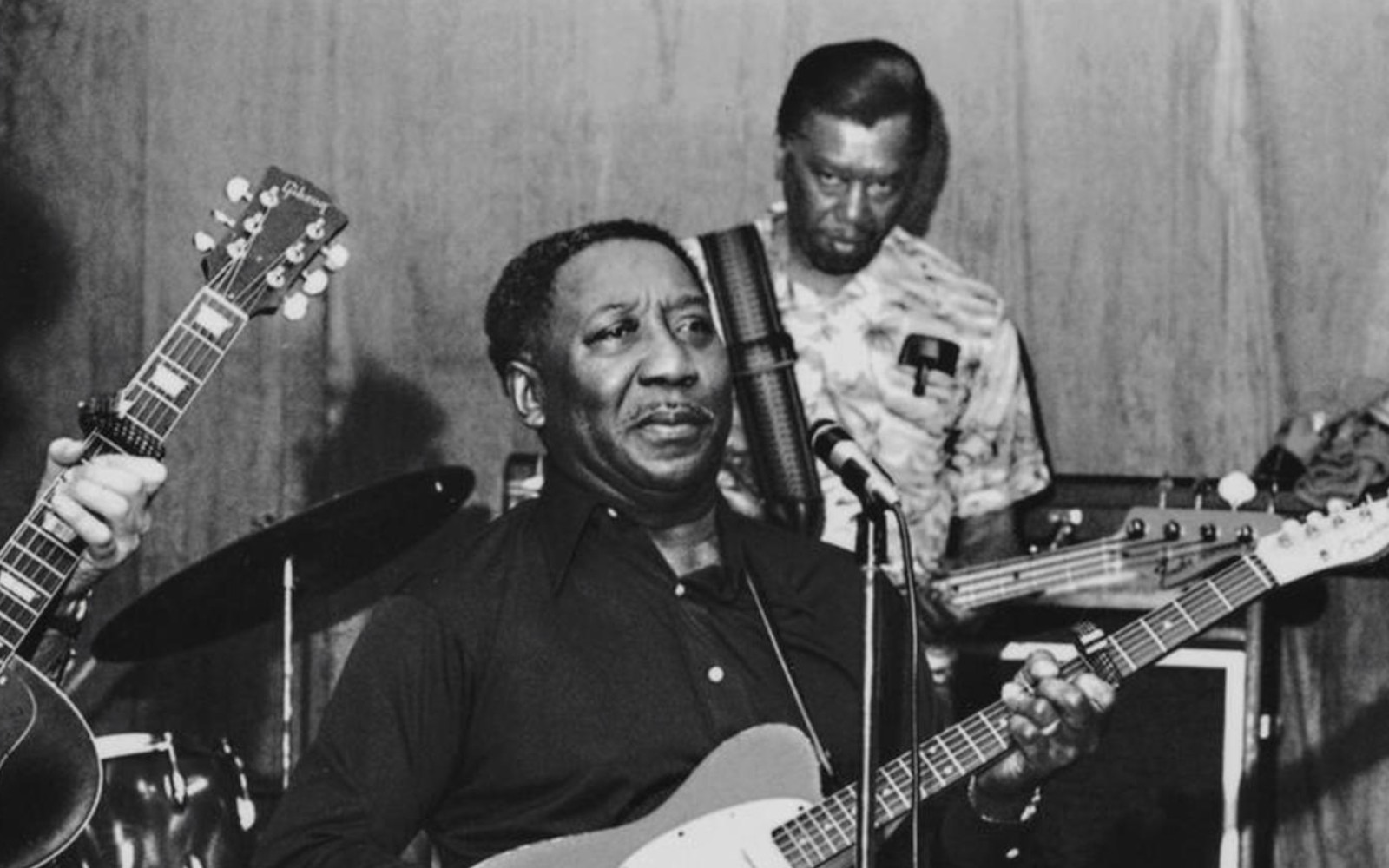
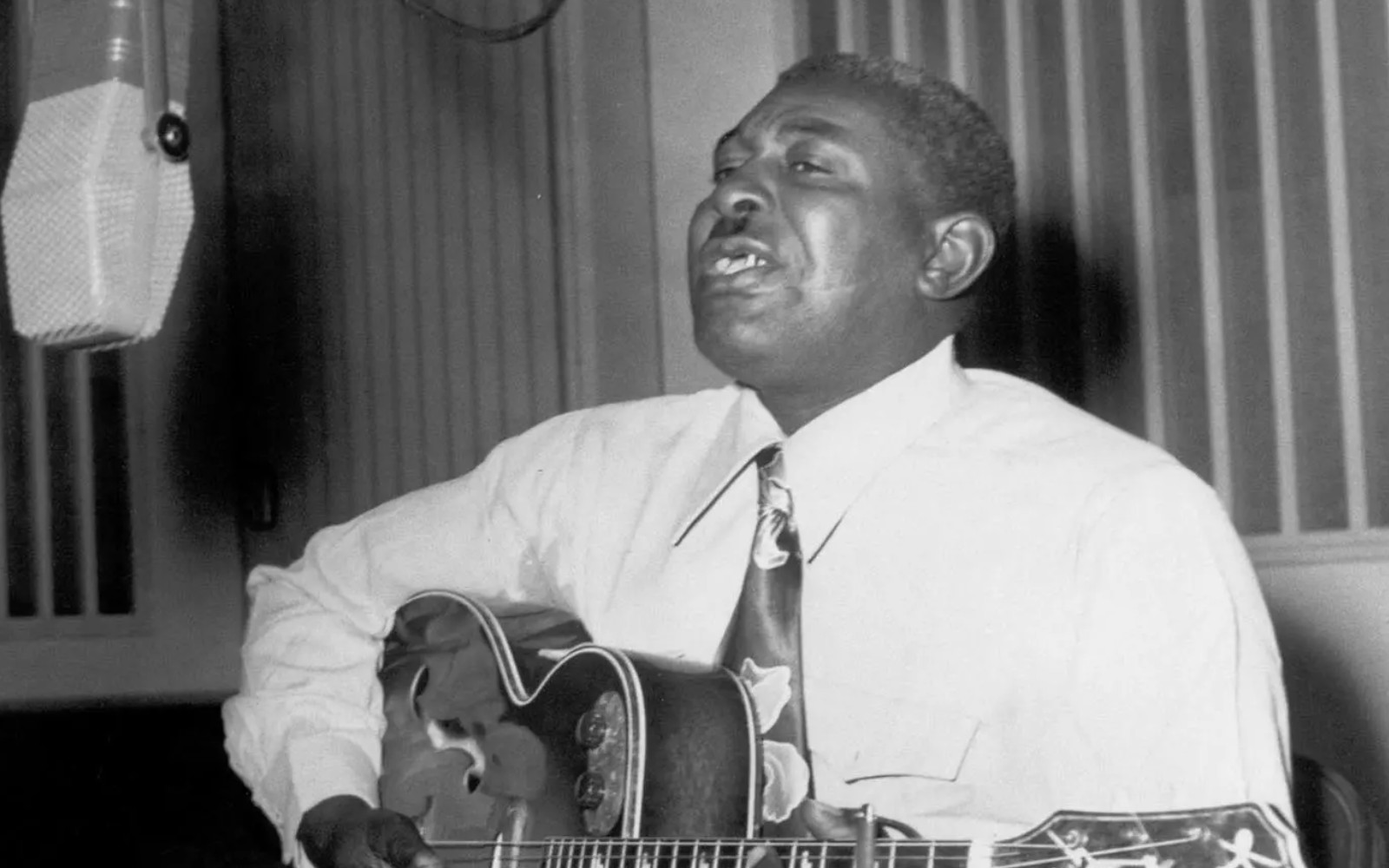
The boyos! Muddy and Crudup. Note the control knobs on Crudups Hollowbody, affordable Electrics had arrived.
But there was change afoot. There were vast cultural and musical shifts happening, from a jazz explosion to the slow but inexorable birth of rock and it was time for something new. It was time for solidity, and Silvertone Guitars went solid body in 1954, which is indeed, the very same year that the term Rock Music was coined.
Coincidence?
I think not.
But what is sure, is that it was definitely time to party.
By 1955 the 1375 (single pickup) and 1377 (two pickups) models first appeared with a solid poplar, single-cutaway “peanut” body and a year later, the famous “lipstick” pickups made their debut (Which were, originally, actual spare lipstick tubes). By 1958, the peanut body had gained 2” in width and the highly popular 1303/U2 models were introduced. Naturally some future guitar legends were playing Silvertone guitars as they evolved, so it should come as no surprise that Jimi Hendrix named his 1956 Silvertone “Betty Jean,” after his girlfriend and Bob Dylan rocked a 1319 in 1958. As always, music and musicianship was evolving and as the ‘60s loomed Silvertone was ready and willing to cater to the skyrocketing demand for acoustic and electric guitars, partly fueled by an explosion of Country, Blues and Rockabilly.
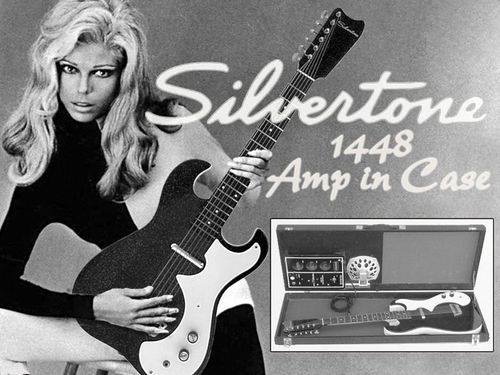
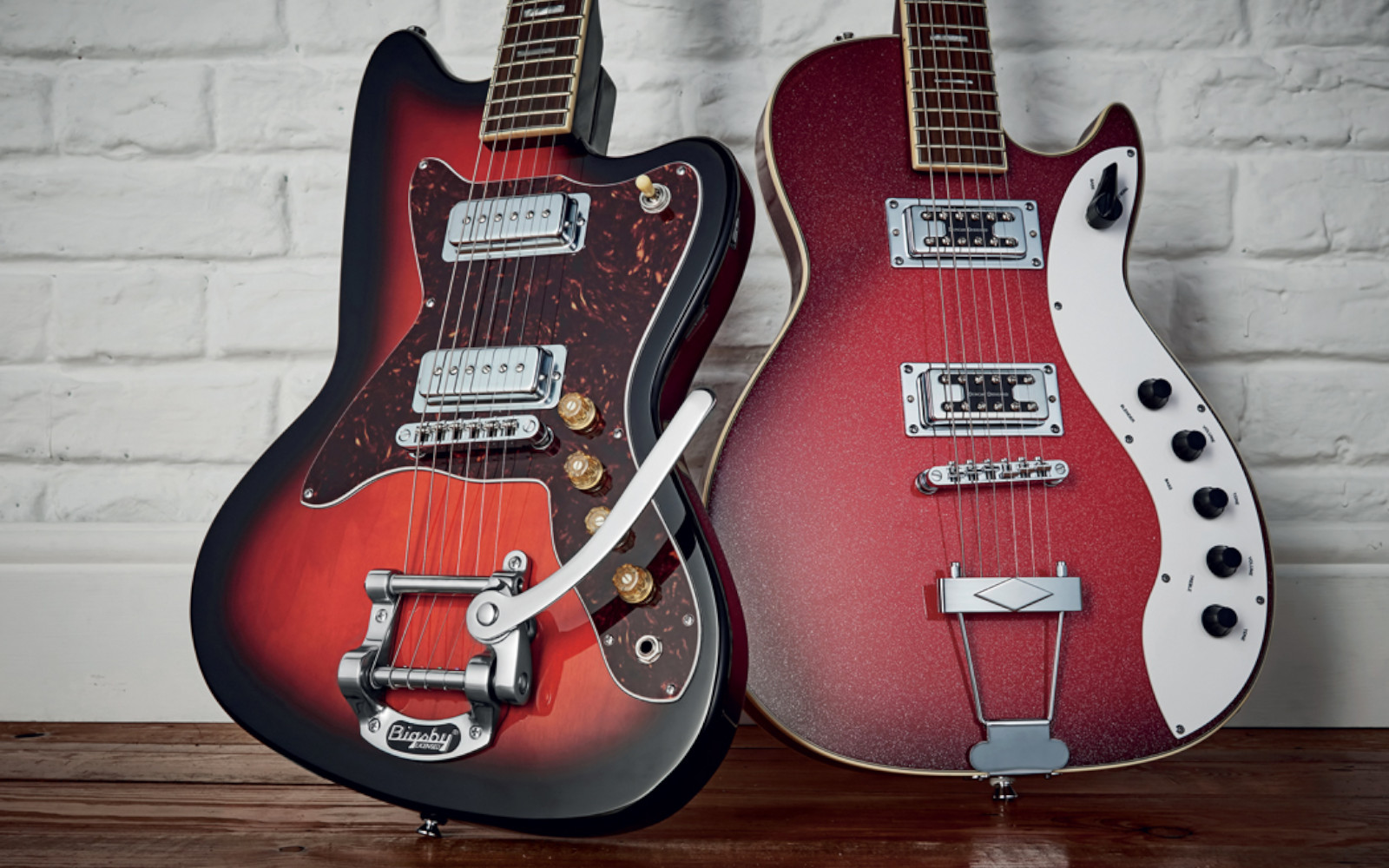
Evolution in Action
Silvertone’s appeal; great sounding, well-made guitars at a price rural Americans could afford was booming and their catalogue expanded accordingly with classic guitar makers like Danelectro, Kay and National all making guitars under the Silvertone name. For all the guitar nerds out there who want to have a sneaky peek at the classic guitars from the period, check out silvertoneworld.com and vintagesilvertones.com. Both are tidy resources for a wealth of funky Silvertones from days gone by.
Which brings us fairly neatly to today. The demand for vintage Silvertone’s is still huge and some of the original axes can command fairly startling prices. So it was only sensible that, in the spirit of the original company, quality and accessibility, the Silvertone Reissue models are here. These glorious guitars have all the vibe and tone of the original vintage models, but with upgraded features – better bridges, machine heads and neck joints — that make them true professional instruments for the new century. From the original 1303 to the Silvertone 1478 from 1963, there are a wealth of vintage reissues to satisfy guitar hounds everywhere.

This is in the shop as we speak...... get in there....
And I haven’t even mentioned the acoustics yet! But maybe we’ll save that for another time. Suffice to say, from the 1940s onwards, Silvertone were crafting acoustics for Blues masters and protesting students all over the States and the sound was synonymous with freedom. The 600, 604 and 633 are all incredible reissues of this amazing time in guitar history.
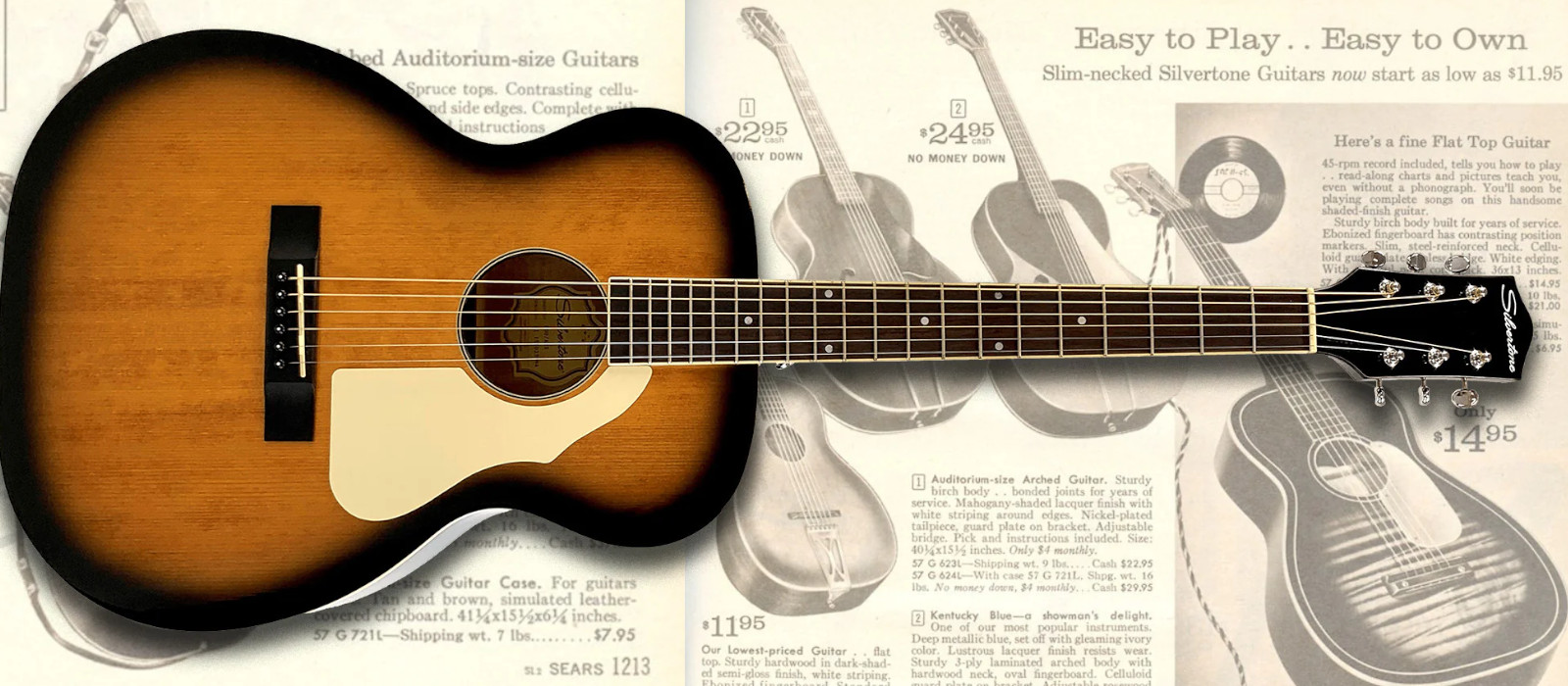
History innit.
Check out the videos below for some saucy Silvertone action.




